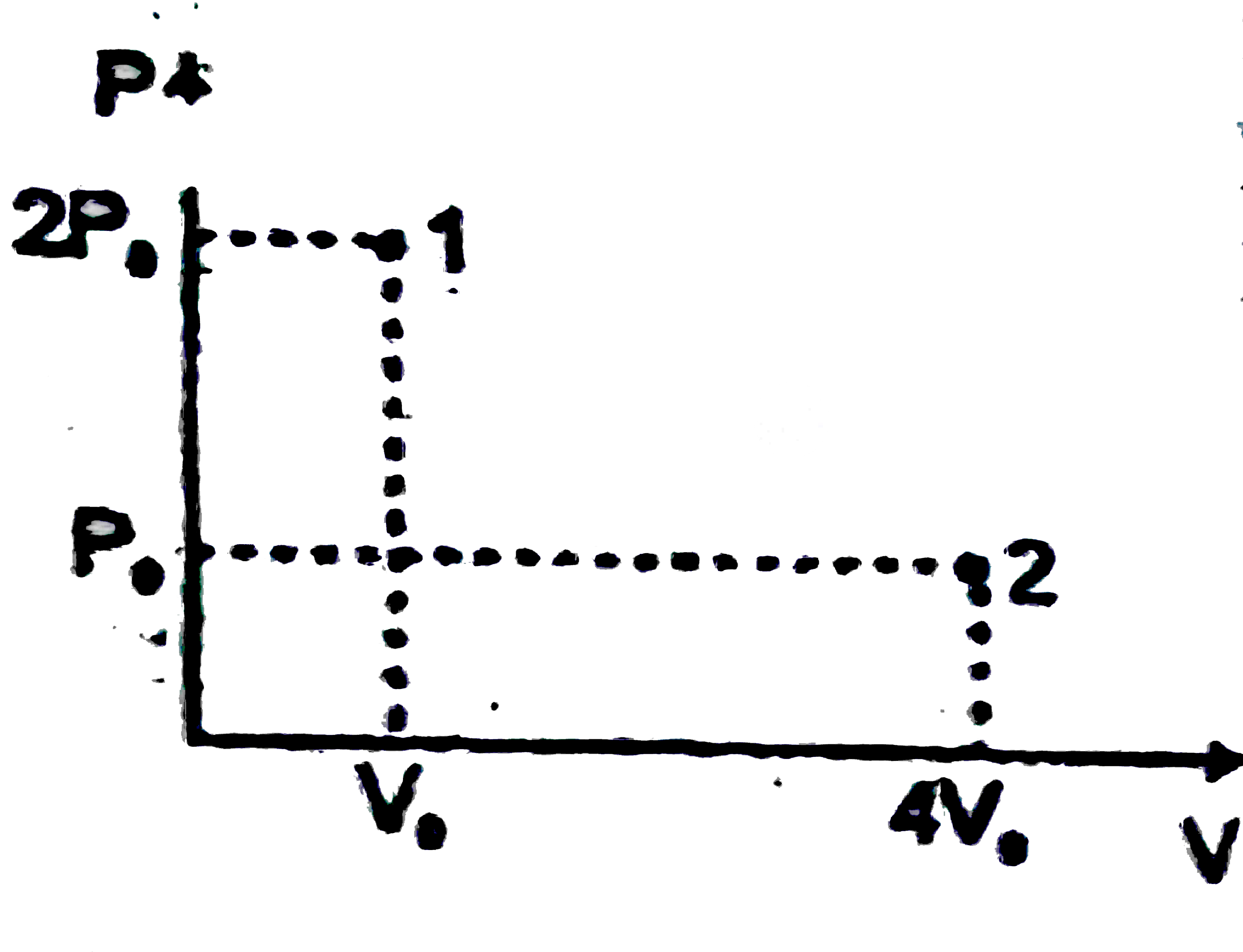Growth is irreversible process found at organisation level
Subcellular growth
Cellular growth
Organ growth
All the above
The correct Answer is:D
To address the question regarding the irreversibility of growth at the organizational level, we can break down the concept step by step:
1. Understanding Growth:
- Growth is defined as an irreversible and permanent increase in size, volume, or weight of an organism. This means once an organism grows, it cannot return to its previous size.
2. Levels of Growth:
- Growth can occur at various levels within an organism:
- Subcellular Growth: This refers to growth at the molecular or organelle level, where components within the cell increase in size or number.
- Cellular Growth: This involves an increase in the number of cells or the size of individual cells. For example, muscle cells can grow larger through hypertrophy.
- Organ Growth: This is the growth of specific organs within the body, such as the heart or liver, which can increase in size as the organism grows.
- Organizational Growth: This refers to the overall growth of the entire organism, which encompasses all the previous levels of growth.
3. Irreversibility of Growth:
- The key characteristic of growth is that it is irreversible. Once an organism has grown, it cannot shrink back to its original size. This applies to all levels of growth mentioned above.
4. Conclusion:
- Since growth occurs at subcellular, cellular, organ, and organizational levels and is irreversible in nature, the correct answer to the question is "all the above".
Final Answer:
The correct option is D) All the above.
---
- Growth is defined as an irreversible and permanent increase in size, volume, or weight of an organism. This means once an organism grows, it cannot return to its previous size.
- Growth can occur at various levels within an organism:
- Subcellular Growth: This refers to growth at the molecular or organelle level, where components within the cell increase in size or number.
- Cellular Growth: This involves an increase in the number of cells or the size of individual cells. For example, muscle cells can grow larger through hypertrophy.
- Organ Growth: This is the growth of specific organs within the body, such as the heart or liver, which can increase in size as the organism grows.
- Organizational Growth: This refers to the overall growth of the entire organism, which encompasses all the previous levels of growth.
- The key characteristic of growth is that it is irreversible. Once an organism has grown, it cannot shrink back to its original size. This applies to all levels of growth mentioned above.
- Since growth occurs at subcellular, cellular, organ, and organizational levels and is irreversible in nature, the correct answer to the question is "all the above".
The correct option is D) All the above.
Topper's Solved these Questions
- GROWTH, REPAIR, REGENERATION AND AGEINGBOOK - DINESH PUBLICATION ENGLISHCHAPTER - GROWTH, REPAIR, REGENERATION AND AGEINGEXERCISE - Check your Grasp
10 Videos
- GROWTH, REPAIR, REGENERATION AND AGEINGBOOK - DINESH PUBLICATION ENGLISHCHAPTER - GROWTH, REPAIR, REGENERATION AND AGEINGEXERCISE - Brain Teasers-VI[B]
6 Videos
- GROWTH, REPAIR, REGENERATION AND AGEINGBOOK - DINESH PUBLICATION ENGLISHCHAPTER - GROWTH, REPAIR, REGENERATION AND AGEINGEXERCISE - Brain Teasers-VI[B]
6 Videos
- GENETIC BASIS OF INHERITANCEBOOK - DINESH PUBLICATION ENGLISHCHAPTER - GENETIC BASIS OF INHERITANCEEXERCISE - Check your Grasp
30 Videos
- HUMAN EVOLUTIONBOOK - DINESH PUBLICATION ENGLISHCHAPTER - HUMAN EVOLUTIONEXERCISE - Brain Teasers-VII
181 Videos
Similar Questions
Knowledge Check
Assertion : An exothermic process which is non-spontaneous at high temperature may become spontaneous at low temperature.
Reason : Spontaneous process is an irreversible process and may be reversed by some external agency.AIf both assertion and reason are true and reason is the correct explanation of assertion.BIf both assertion and reason are true but reason is not the correct explanation of assertionCIf assertion is true but reason is false.DIf both assertion and reason are false.
Which of the following is the correct representation of organisation levels in beings ?
View SolutionStatement-1 : Work done in isothermal reversible process is more than irreversible process.
And
Statement-2 : Irreversible process is an infinitesimally slow process.
View SolutionShow that the entropy change in an irreversible process is always positive.
View SolutionAssertion (A). Spontaneous process is an irreversible process and may be reversed by some external agency.
Reason (R). Decrease in enthalpy is a contributory factor for spontaneity
View SolutionOlecranon process is found in
View SolutionA liquid which is confined inside an adiabatic piston is suddently taken from state −1 to state −2 by a single stage irreversible process. If the piston comes to rest at point 2 as shown, then the enthalpy change for the process will be :

View SolutionA: Work done in an irreversible isothermal process at constant volume is zero.
R: Work is assigned negative sign during expansion and is assigned positive sign during compression.
View Solution
